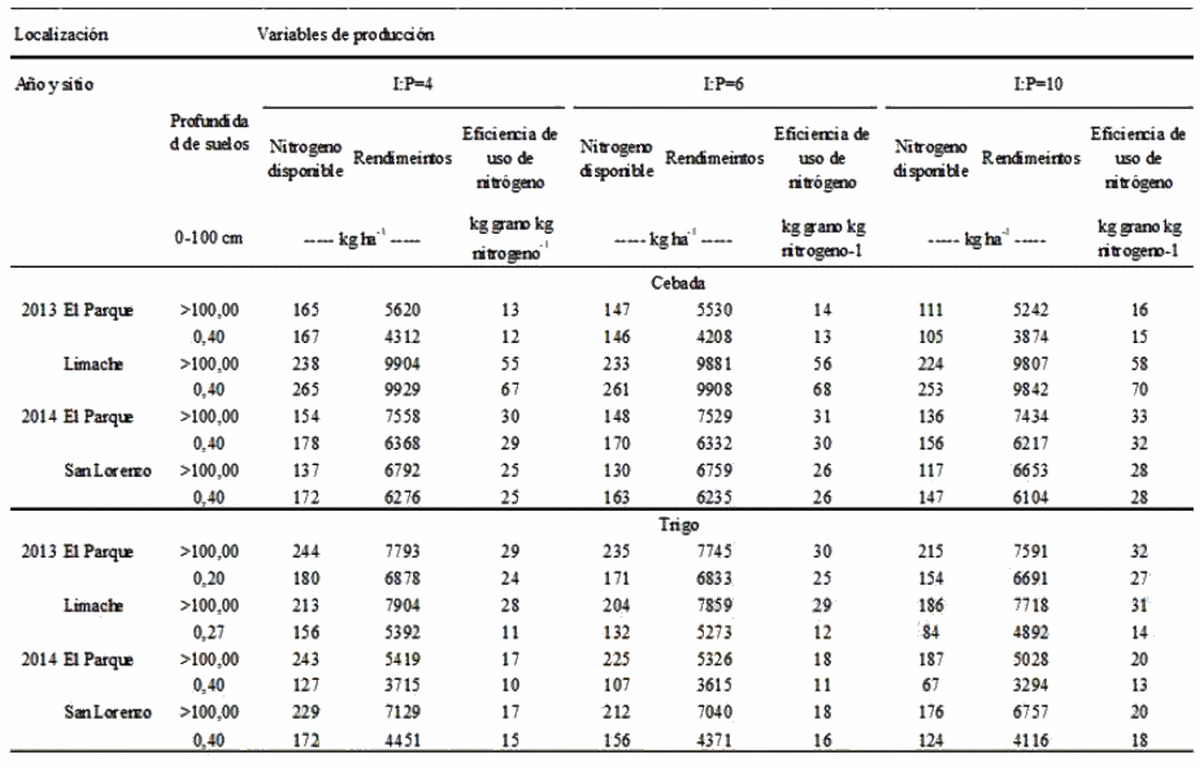¿Cómo afecta la profundidad del suelo al índice de suficiencia de nitrógeno en la cebada y el trigo?
MATERIALES Y METODOS
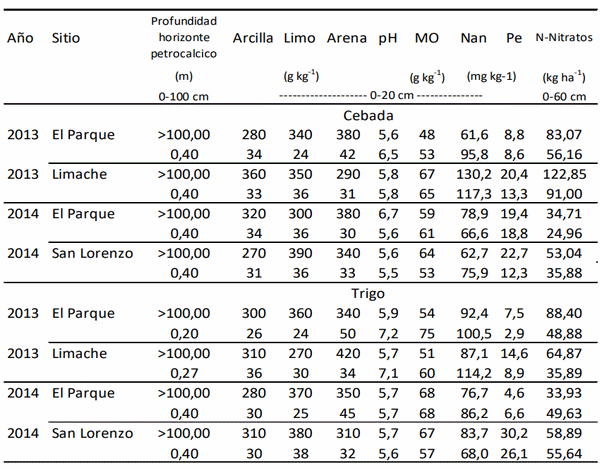
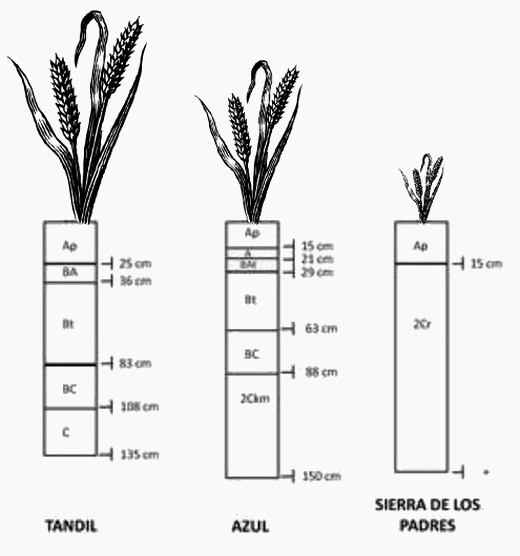
RESULTADOS
RESULTADOS
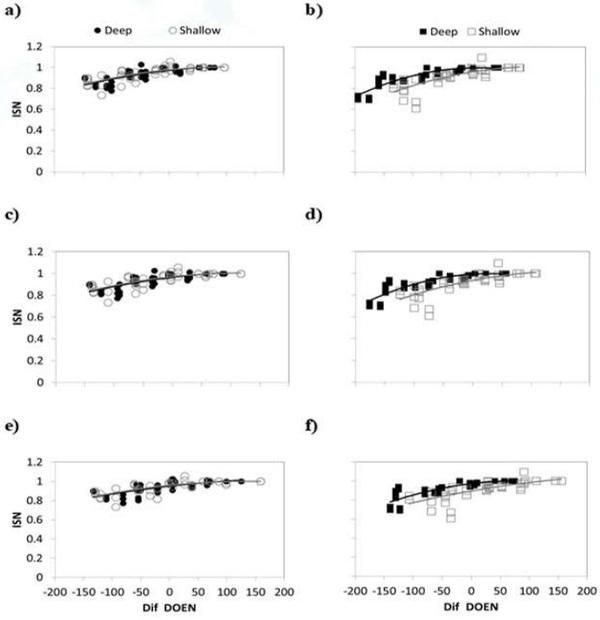
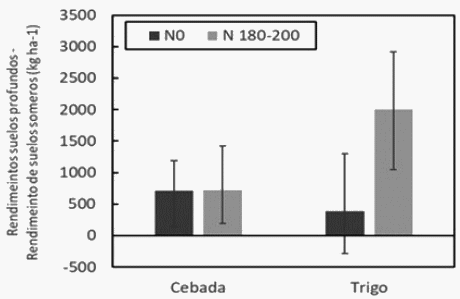
• Barbieri, P. A., Echeverría, H. E., y Saínz Rozas, H. R. (2012). Alternatives for nitrogen diagnosis for wheat with different yield potentials in the humid pampas of Argentina. Communications in soil science and plant analysis, 43(11), 1512-1522. DOI: 10.1080/00103624.2012.675388
• Barker, D.W., y J.E. Sawyer. 2010. Using active canopy sensors to quantify corn nitrogen stress and nitrogen application rate. Agron. J. 102:964-971.
• Bell, M. J., Strong, W., Elliott, D., y Walker, C. (2013). Soil nitrogen—crop response calibration relationships and criteria for winter cereal crops grown in Australia. Crop and Pasture Science, 64(5), 442-460. DOI:
10.1071/CP12431
• Calviño, P., y V.O. Sadras. 2002. On-farm assessment of constraints to wheat yield in the southeastern
Pampas. Field Crops Res. 74: 1-11.
• Clay, D.E., T.P. Kharel, C. Reese, D. Beck, G. Carlson, S.A. Clay, y G. Reicks. 2012. Winter wheat crop reflectance and nitrogen sufficiency index values are influenced by nitrogen and water stress. Agron. J.
104:1612-1617.
• Crews, T. E., y Peoples, M. B. (2005). Can the synchrony of nitrogen supply and crop demand be improved in legume and fertilizer-based agroecosystems? A review. Nutrient cycling in Agroecosystems, 72(2), 101-120.
DOI: 10.1007/s10705-004-6480-1
• De Oliveira Silva, A., Ciampitti, I. A., Slafer, G. A., y Lollato, R. P. (2020). Nitrogen utilization efficiency in wheat:
A global perspective. European Journal of Agronomy, 114, 126008. DOI: 10.1016/j.eja.2020.126008
• Huang, S., Tang, L., Hupy, J. P., Wang, Y., y Shao, G. (2021). A commentary review on the use of normalized difference vegetation index (NDVI) in the era of popular remote sensing. Journal of Forestry Research, 32, 1-6.
DOI: 10.1007/s11676-020-01155-1
• Kuznetsova, A., y Khokhlova, O. (2015). Dynamics and genesis of calcic accumulations in soils and sediments of the Argentinean Pampa. International Journal of Sediment Research, 30(3), 179-189. DOI:
10.1016/j.ijsrc.2014.11.002
• Ladha, J.K., H. Pathak, T.J. Krupnik, J. Six, y C. van Kessel. 2005. Efficiency of fertilizer nitrogen in cereal production: Retrospects and prospects. Adv. Agron. 87:85-156.
• Malhi, S. S., Johnston, A. M., Schoenau, J. J., Wang, Z. L., y Vera, C. L. (2006). Seasonal biomass accumulation and nutrient uptake of wheat, barley and oat on a Black Chernozem soil in Saskatchewan.
Canadian Journal of Plant Science, 86(4), 1005-1014. DOI: 10.4141/P05-116
• Meisinger, J. J., y Delgado, J. A. (2002). Principles for managing nitrogen leaching. Journal of soil and water conservation, 57(6), 485-498.
• Myers, R. J. K. (1984). A simple model for estimating the nitrogen fertilizer requirement of a cereal crop.
Fertilizer Research, 5(1), 95-108. DOI: 10.1007/BF01049494
• Pazos M. y Silvia A. Mestelan. 2002. Variability of Depth to Tosca in Udolls and Soil Classification, Buenos
Aires Province, Argentina.Soil Sci. Soc. Am. J. 66:1256–1264 (2002).
• Reussi Calvo NI, Sainz Roza HE, Echeverría H, y Diovisalvi N (2015) Using canopy indices to quantify the economic optimum nitrogen rate in spring wheat. Agron J 107:459–465.
• Reussi Calvo, N. I., Sainz Rozas, H., Echeverría, H., y Berardo, A. (2013). Contribution of anaerobically incubated nitrogen to the diagnosis of nitrogen status in spring wheat. Agronomy Journal, 105(2), 321-328.
DOI: 10.2134/agronj2012.0287
• Reussi Calvo, N. I., Wyngaard, N., Orcellet, J., Sainz Rozas, H. R., y Echeverría, H. E. (2018). Predicting field‐apparent nitrogen mineralization from anaerobically incubated nitrogen. Soil Science Society of America
Journal, 82(2), 502-508. DOI: 10.2136/sssaj2017.11.0395
• Reussi Calvo, N. I., Wyngaard, N., Queirolo, I., Prystupa, P., y Rozas, H. R. S. (2020). Canopy Indices: a
Model to Estimate the Nitrogen Rate for Barley and Wheat. Journal of Soil Science and Plant Nutrition, 20(4),
2419-2430. DOI:
• Sadras, V., y Calderini, D. (Eds.). (2020). Crop Physiology Case Histories for Major Crops. Academic Press.
• Samborski, S. M., Tremblay, N., y Fallon, E. (2009). Strategies to make use of plant sensors‐based diagnostic information for nitrogen recommendations. Agronomy journal, 101(4), 800-816. DOI:
10.2134/agronj2008.0162Rx
• Scharf PC, Brouder SM, y HoefRG (2006) Chlorophyll meter readings can predict nitrogen need and yield response of corn in the North- Central USA. Agron J 98:655–665.
• Schepers J, Blackmer T, Francis D (1992) Predicting N fertilizer needs for corn in humid regions: using chlorophyll meters. In: Bock B, Kelly K (eds) Predicting fertilizer needs for corn in humid regions. NFERC, Bull.
Y-226, Muscle Shoals, pp 105–114.
• Spaner, D., Todd, A.G., Navabi, A., McKenzie, D.B. y Goonewardene, L.A. (2005), Can Leaf Chlorophyll
Measures at Differing Growth Stages be used as an Indicator of Winter Wheat and Spring Barley Nitrogen
Requirements in Eastern Canada?. Journal of Agronomy and Crop Science, 191: 393-399. https://doi.org/10.1111/j.1439-037X.2005.00175.x
• Taylor, A. C., Storrier, R. R., y Gilmour, A. R. (1974). Nitrogen needs of wheat. 1. Grain yield in relation to soil nitrogen and other factors. Australian Journal of Experimental Agriculture, 14(67), 241-248. DOI:
10.1071/EA9740241
• Yin, M., Li, Y., Xu, L., Shen, S., y Fang, H. (2018). Nutrition diagnosis for nitrogen in winter wheat based on critical nitrogen dilution curves. Crop Science, 58(1), 416-425. DOI: 10.2135/cropsci2017.05.0326
• Zhao, B. (2014). Determining of a critical dilution curve for plant nitrogen concentration in winter barley. Field
Crops Research, 160, 64-72. DOI: 10.1016/j.fcr.2014.02.016
• Ziadi N, Brassard M, Belanger G, Claessens A, Tremblay N, Cambouris AN, Nolin MC, y Parent LE (2008)
Chlorophyll measurements and nitrogen nutrition index for the evaluation of corn nitrogen status. Agron J
100:1264–1273.

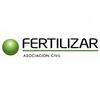



Estados Unidos de América


Estados Unidos de América


Estados Unidos de América
